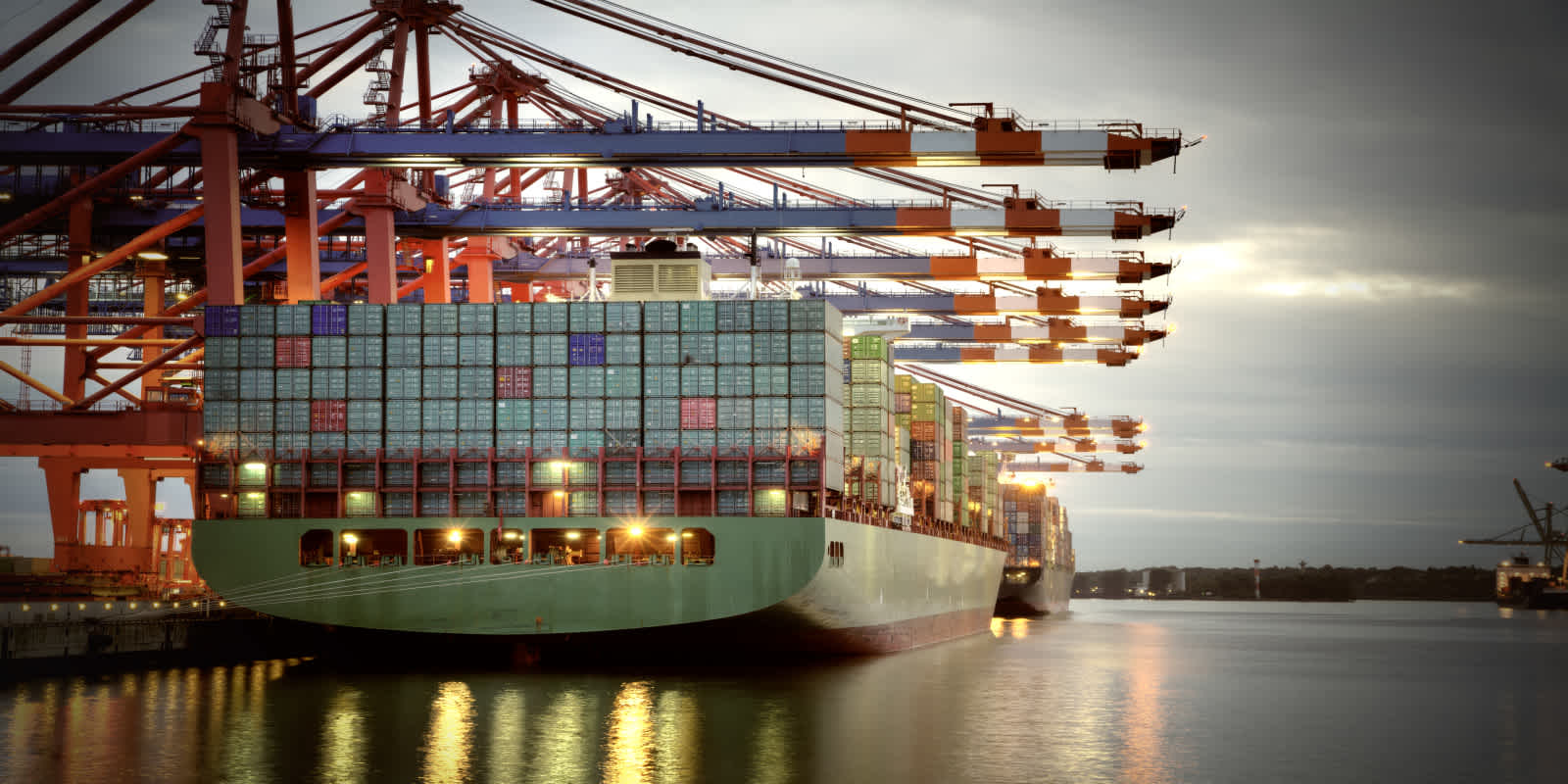
Back to Blog
October 21, 2022
Supply Chain Snapshots - News & Trends You Should Read This Week
Friday, October 21, 2022
Looking for a quick summary of the top supply chain and logistics news and trends making waves this week? Read our weekly "Supply Chain Snapshots" for helpful summaries and commentary to get you up-to-speed on the news you need to know.
#1 Oops, We Forgot to Fix the Supply Chain
Read the full article from Vox here
- The pandemic pushed the supply chain to the brink, but the system is still facing issues with shipping prices and a shortage of truck drivers, to name a few.
- Some logistics experts are predicting that there will be problems during the upcoming holiday season because the supply chain issues have not been "fixed." In fact, it remains as vulnerable to disruption as ever. (Check out our recent E-Guide on how you can navigate supply chain uncertainty this holiday season and beyond).
- Shipping prices are declining, but the bulk of the problem is inland, with equipment shortages, struggling infrastructure, and inefficient technology.
- Supply chains never stopped working—even in the heat of the shutdown and lockdown. In general, the supply chain is more resilient today, but some structural changes are needed to build more resiliency against the unexpected.
#2 Inventory Overload and a Supply Chain Hangover: 5 Logistics CEOs Reveal What They Expect From the All-Important Retail Peak Season
Read the full article from Business Insider here
- Retailers and logistics companies count on robust revenues during the holiday season, but after two years of worrying about keeping up with demand, many logistics players are wondering if shoppers will show up and place orders this year.
- During the pandemic, the U.S. inventory-to-sales ratio bottomed out at 1.09. Today, it's at 0.23, well below the pre-pandemic norm of between 1.4 and 1.5.
- This might be a result of uneven sales and discounting across retailers to accommodate overstocking, and satisfy demand.
- GXO's seasonal hiring is up from last year, while UPS and Amazon are aiming to hire the same number of holiday workers they did in 2021. USPS cut its seasonal hiring by 30% year over year, and FedEx has yet to release a seasonal hiring figure.
See what advice other logistics experts have to share about the upcoming peak season in our recent blog post.
#3 Renewed Threat of Rail Strike Has Supply Chain Managers Ramping Up Contingency Plans
Read the full article from CNBC here
- Logistics managers are dusting off their plans for a possible railroad strike in November that could wreak havoc on the supply chain and cost the U.S. economy up to $2 billion a day.
- The National Carriers' Conference Committee (NCCC), representing the nation's freight railroads in the national collective bargaining, notified the Brotherhood of Maintenance of Way Employees Division of the International Brotherhood of Teamsters (BMWED) on Wednesday that the union's latest proposal will not be accepted. (The BMWED is the third-largest union with 23,900 members).
- One of the key points of contention is that workers wanted more paid time off, especially sick days. Under the present policy workers are penalized for taking sick days.
#4 Weary of Snarls, Small Businesses Build Their Own Supply Chains
Read the full article from The New York Times here
- The pandemic forced companies to reckon with the cost of producing and shipping goods overseas.
- The experience has been challenging for small-business owners, many of whom found themselves pushed to the back of the supply line because they did not have the order size, capital, or relationships needed to take priority over big firms.
- With no end in sight to delays and backlogs, building domestic supply chains from scratch is becoming more appealing and possible.
- According to Amy R. Broglin-Peterson, an industry consultant and instructor in Michigan State University’s supply chain management department, “We were spread too thin to continue working to the degree we do with our supply centrally located in Southeast Asia…I can’t stress how few companies, even big companies, really know where their materials come from…You’ve got to understand your supply chain. You’ve got to understand your raw materials, your components.”
#5 Supply Chain Woes, Inflation Could Push Cost of Thanksgiving Turkeys to Highest Levels
Read the full article from The Hill here
- Inflation and economic instability have caused turkey prices to shoot up as farmers pay more for their feed and labor, while supply shortages continue to affect the industry.
- This Thanksgiving, turkeys will likely skyrocket in price due to inflation, supply chain issues, and outbreaks of the avian flu among flocks.
- The Agriculture Department reports that 3.6% of turkeys nationwide have been killed by an aggressive strain of the flu this year, and more than 7 million of the birds infected during 2022 died of the avian flu—with rates of death peaking over the summer as Thanksgiving preparations began.
- Despite challenges, shoppers are likely to find turkeys in time for Thanksgiving, though they may not be as high quality and low-priced as other years.
- Urner Barry Senior Vice President, Russ Whitman, told the Times of customers seeking birds, "It's essentially a 'you're going to take what you get and feel good about it' situation."
#6 FedEx is Reassuring Holiday Shippers and Retailers it Can Deliver for Peak Season Even After Major Cost Cuts
Read the full article from CNBC here
- FedEx is confident it can meet the demand of peak holiday season despite recent cuts to worker hours, “Express delivery flights and facilities in a broad based cost-cutting effort triggered by ‘global volume softness’ the company cited during its recent September earnings.
- September ecommerce volume was 3-5% higher year over year.
- FedEx had an approximate 93% on-time delivery rate compared to 97% for rival UPS.
- A delivery rate below 95% generally signals network inefficiencies that can lower margin performance, a key metric for transports.
- FedEx did not have a hiring announcement because they are flexing their existing labor force and will not be adding seasonal workers at the rate they normally would.
Stay tuned for next week’s edition of Supply Chain Snapshots.
Related content
![Are You Prepared for the Unexpected? Logistics Experts Share Advice for Peak Season Success]()
BLOG
Are You Prepared for the Unexpected? Logistics Experts Share Advice for Peak Season Success







